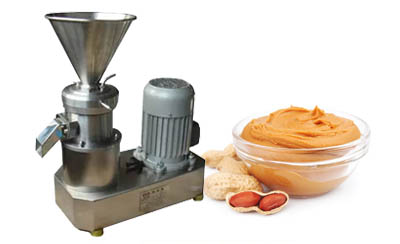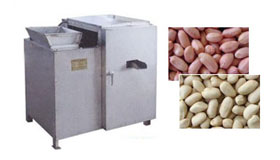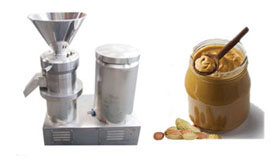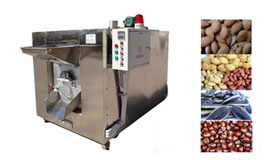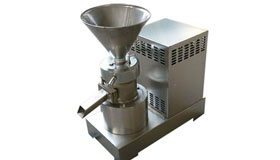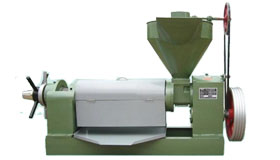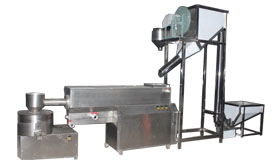Peanut machinery is an important part of agricultural modernization. It is also the important guarantee of sustained and rapid development of agriculture and rural economy. In recent years, the total peanut machinery and operation level grow constantly and steadily. The social service scale expands unceasingly. But the mechanization level of peanut sowing and harvesting is still lower. Peanut precision sowing technology with high yield and low cost is not yet mature. The large peanut planting combination operation technology has just started. Though a large number of simplified peanut sowing and harvesting machinery has been used in the production, the operation quality, adaptability and reliability of machines and tools still cannot fully meet the needs of farmers, which needs to be further improved.
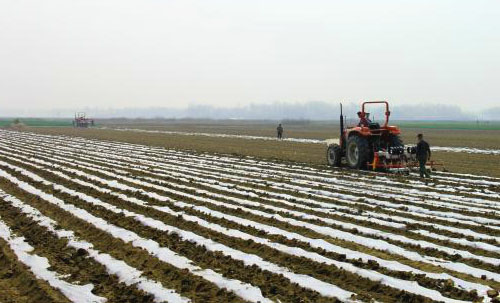
Through statistical analysis, the use of whole mechanical compound operation for deep loosening soil preparation costs 70 yuan/mu. One-time compound operations of ridging, laminating, spraying and sowing with peanut planter costs 100 yuan/mu. Motor sprayer for crop protection costs 20 yuan/mu. The operating costs of peanut combine harvester is 120 yuan/mu. The mechanized operation needs totally 310 yuan/mu, saving 155 yuan/mu than traditional operation. At the same time, the loss rate of mechanized harvesting operation is less than 3.5%, the peanut crushing rate is less than 1% and the yield is 5kg more than manual operation per mu. The economic benefits increase about 30 yuan per mu and the two terms can totally increase the income of 185 yuan/mu. The traditional operation mode has high labor intensity and low production efficiency.
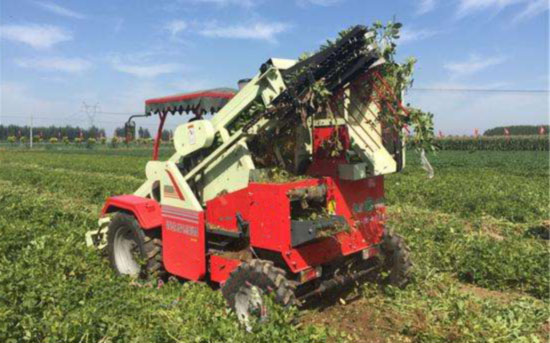
China is one of the main producing areas of peanuts, which have high nutritional value and economic value. Peanut shell can be used as the fuel for biomass power generation to instead of coal. It can be used for value-added comprehensive processing with large market demand. However, it takes time and effort to harvest peanuts manually and the labor intensity is higher, so the labor force in peanut production areas is obviously insufficient to meet the market demand. Thus, the mechanization of peanuts is an inevitable development trend.





